How much do you really know about the ordinary things you eat on a daily basis? The crazy food facts below might just change how you look at every meal or snack you ever eat again.
Trust me, I was floored every time I read about one of the surprising tidbits behind all the stuff we chow down without even thinking about it. I definitely had to double and triple check to make sure they were actually legit.
For instance, do you know the best way to make sure a cranberry is fully ripe? Or how long honey really stays fresh? And I can't believe there was ever a time when #14 was used for transactions instead of actual money!
Take a look and you'll be just as blown away as I was reading up on all the fascinating information.
And don't forget to SHARE these incredible food facts with your friends and family on Facebook!
1. Bananas Are Berries

The yellow fruit joins tomatoes, peppers, cranberries, eggplants, and kiwis, with secret berry-status due to their forming from a flower with one ovary.
On the other side of the table, according to Live Science, strawberries, raspberries, and blackberries are not berries since they fruit from flowers with more than one ovary.
2. Cranberries Can Bounce

Only perfectly ripe cranberries have that buoyancy, which makes it a great test for whether or not you should down them before biting into them.
3. Sometimes Oranges Are Green
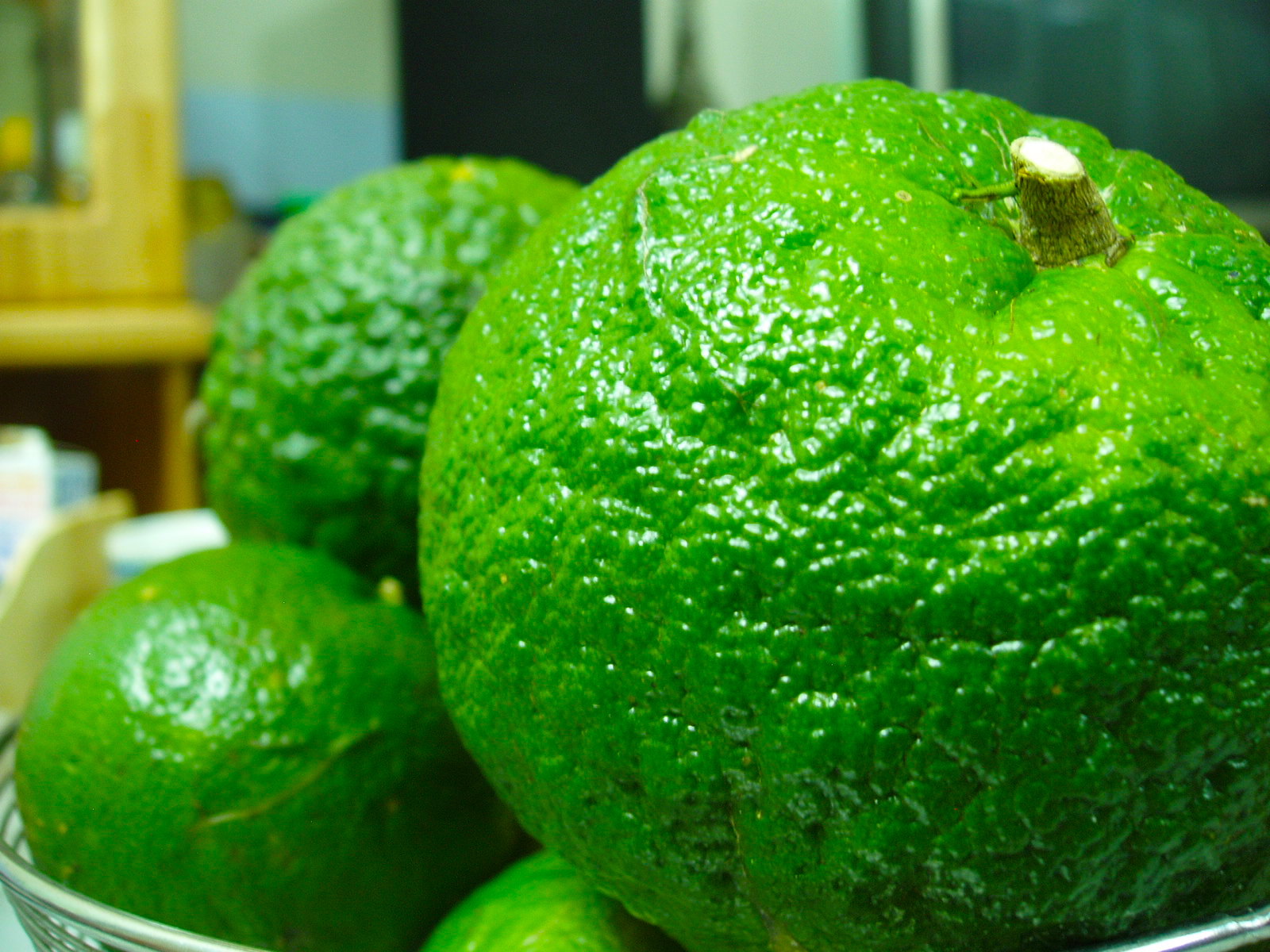
Called cam sành, the emerald oranges are grown in Vietnam where they are the most popular variety of oranges despite betraying the color in their name.
4. Almonds Are Seeds

Although they're included in tons of nut mixes, they are actually just the edible seed for almond trees.
Unfortunately, you won't be able to sprout anything from most commercially sold almonds.
5. "Canola Oil" Is Redundant

The Canola Council of Canada explains that the name is actually a contraction of "Canada" and "oil."
They developed the name in the 1970s to counter the possible negative connotations of the actual source of the oil: rapeseed.
6. Lemons Float
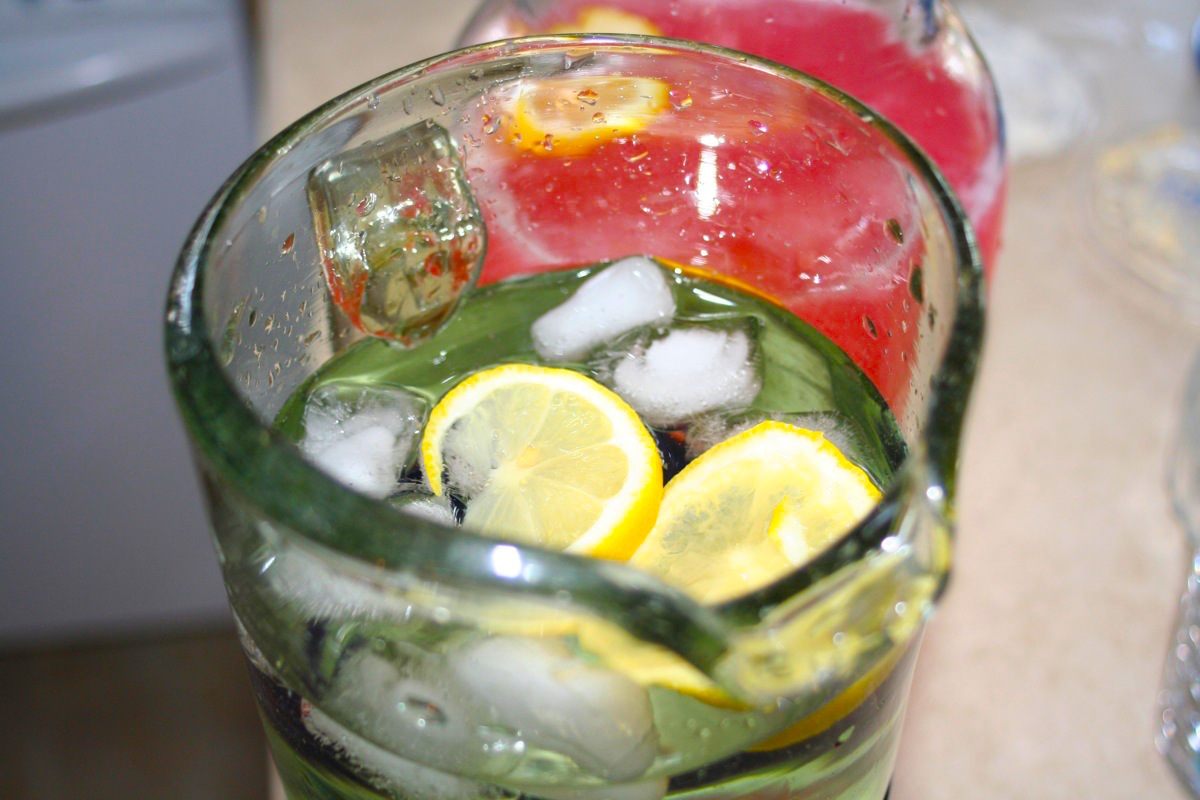
According to Best Food Facts, lemons have a slightly lower density than water which cause the slices to pop back up to the top.
7. Limes Sink
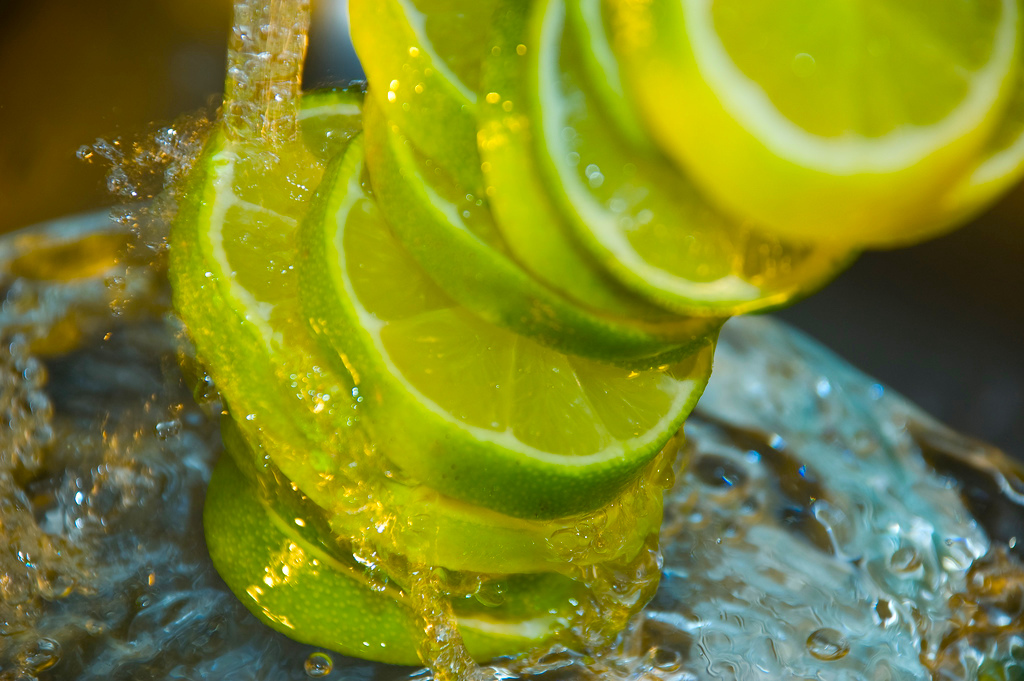
The same study from Best Food Facts also found that limes are slightly more dense than the water around them, and that's why they sink to the bottom of a glass or pitcher.
8. Cashews Grow On Fruit
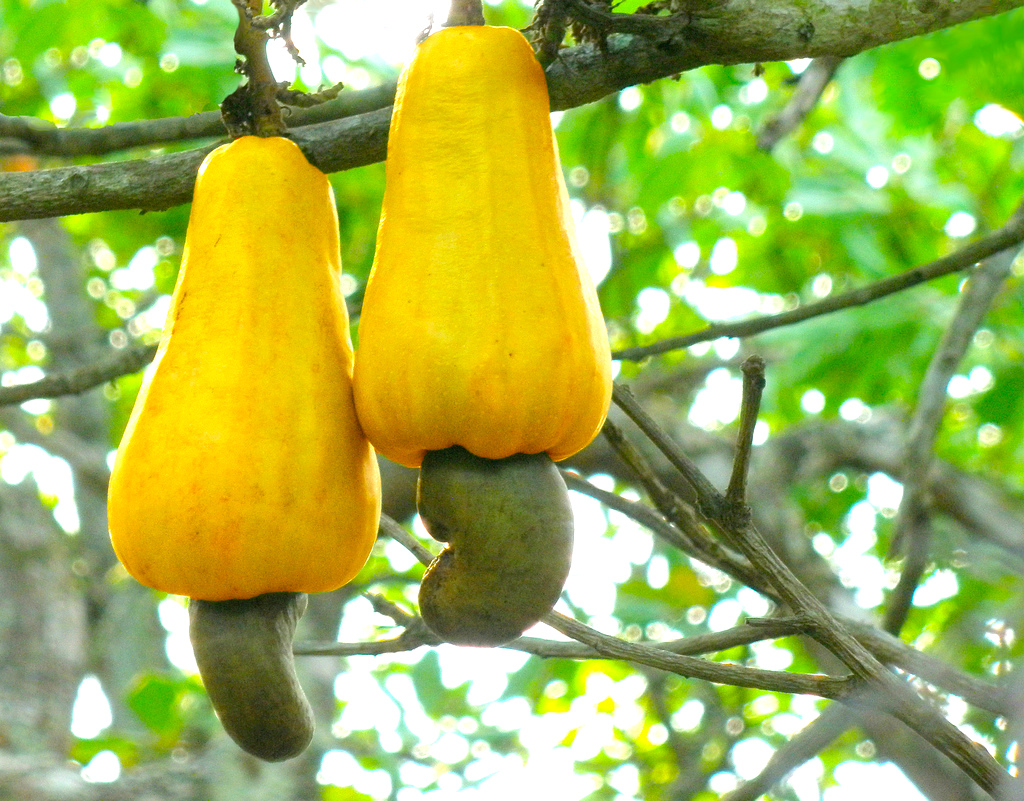
Another sneaky supposed-nut, but these grow on what's aptly called a "cashew apple" on cashew trees.
The apple is also edible, but the thin skin makes them difficult to transport so it's usually just the pulp that gets used in juices and curries.
9. Honey Never Goes Bad
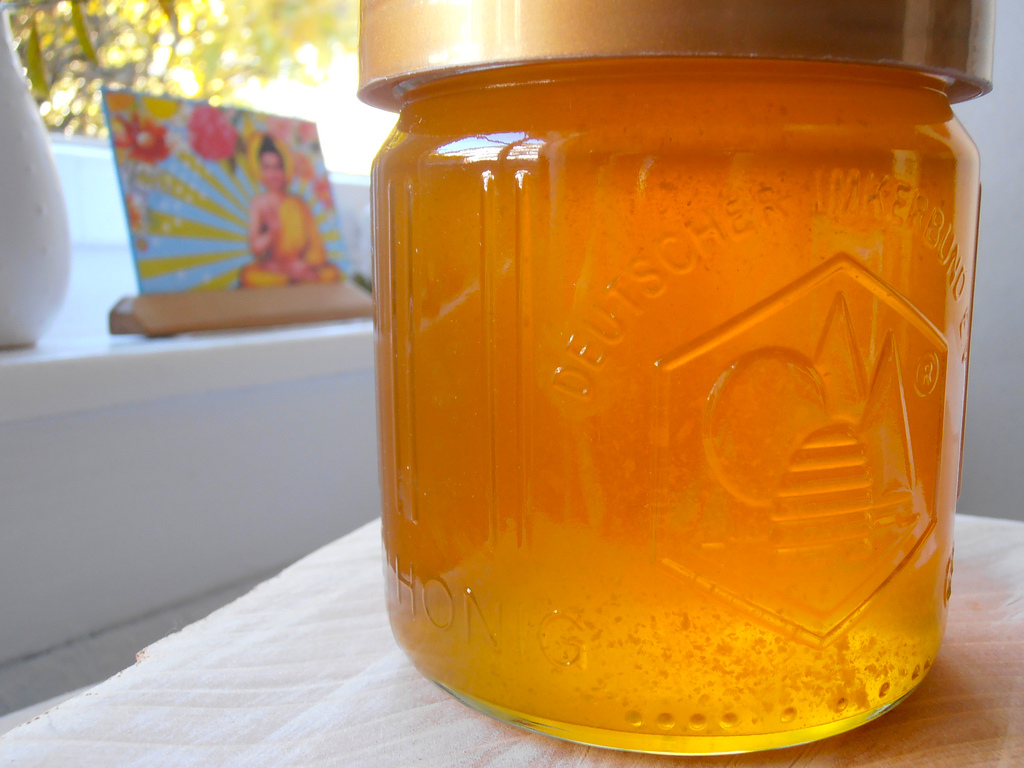
The Smithsonian cites honey's acidity, absence of water, and the fact that it contains hydrogen peroxide as factors for its endless shelf life.
10. Carrots Changed Color Over Time

The World Carrot Museum has a handy timeline showing the shift in hue.
The root veggie spent centuries being mostly purple, yellow, or red before Dutch farmers in the 1500s developed the orange color we most commonly see today.
11. Cucumbers Are 96% Water

Their moisture content is exactly why they became so popular to place over eyes while pampering yourself.
Tossing some slices in your water gives it an extra boost of hydration and nutritious enzymes.
12. Some Vanilla Flavoring Comes From Beavers
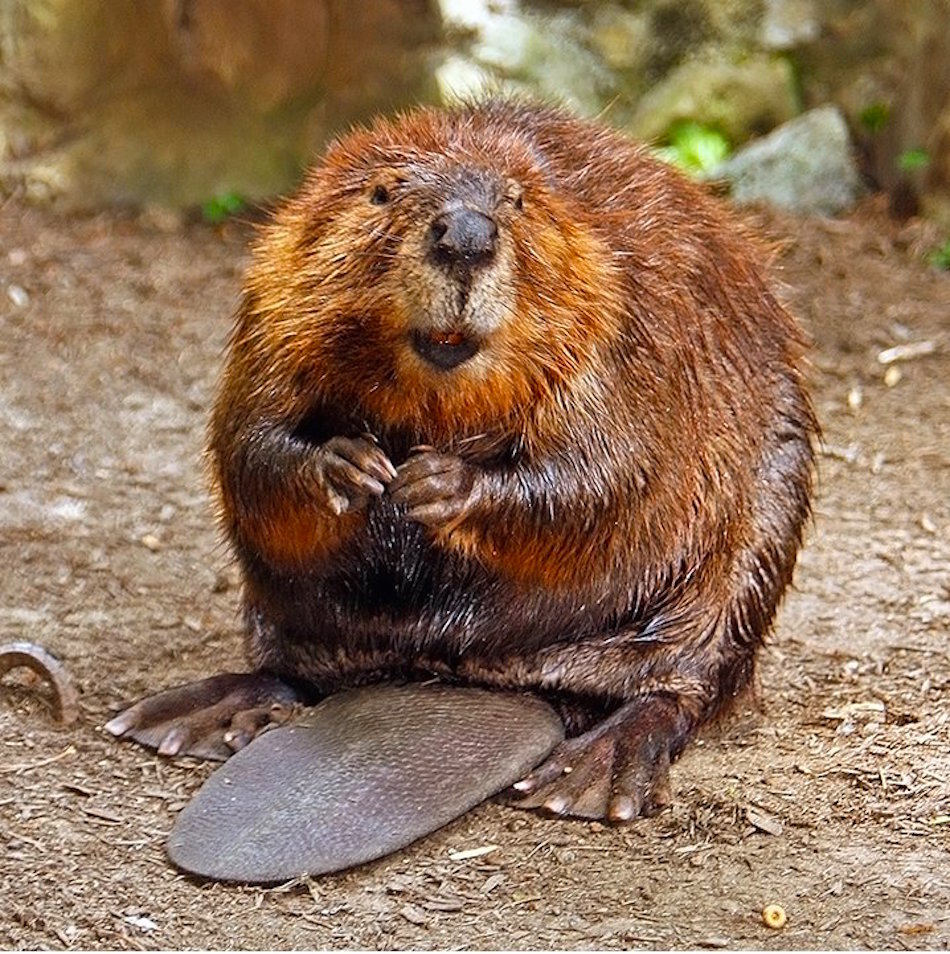
Known as "castoreum," the animals secrete the gooey liquid from their anal glands.
But don't panic, National Geographic claims the use is super rare these days. It's also more likely to be in fragrances than our food.
13. Nutmeg Can Cause Hallucinations

In 2014, the New York Times warned seasonal cooks about the long history of the spice's little known side effects.
Although cases of those effects aren't all that common, they make the point that it has, "earned shady credentials for inducing a kind of hazy, druglike high that could include hallucinations."
14. Chocolate Was Used As Currency
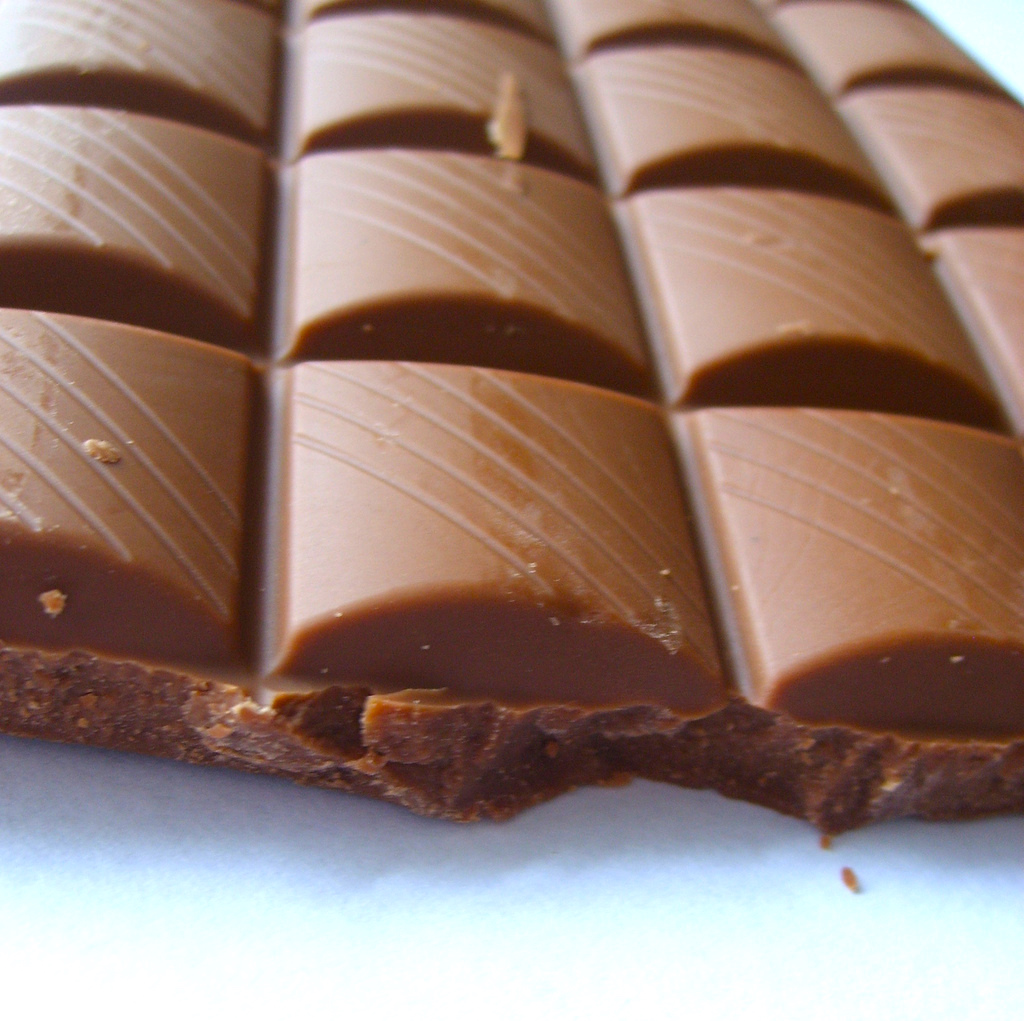
More specifically, the cacao beans we use to make chocolate were used as currency in Latin American for several centuries.
For example, according to the Smithsonian, "one bean could be traded for a tamale, while 100 beans could purchase a good turkey hen, according to a 16th-century Aztec document."
15. Some Ranch Dressing Includes The Same Ingredient As Sunscreen

If you look at the back of the bottle, you'll see it includes titanium dioxide. The naturally occurring oxide of titanium is added to keep it a bright white color.
The same ingredient is used in sunscreen and house paint for its ability to deflect ultraviolet rays.
According to Live Strong, there is a presence of nanoparticles that can seep into your skin and organs. Whether or not they are dangerous, however, is still up for debate.
Were you surprised by any of these crazy true facts about food? Be sure to SHARE with your friends on Facebook!




